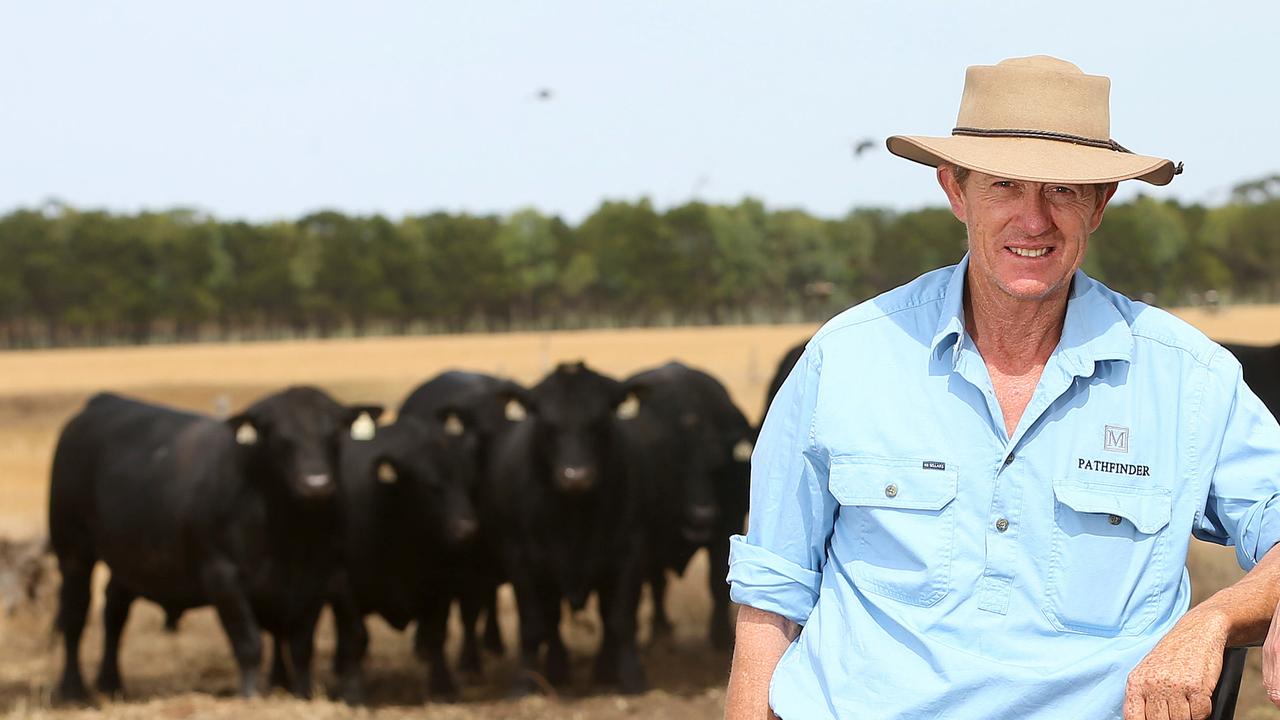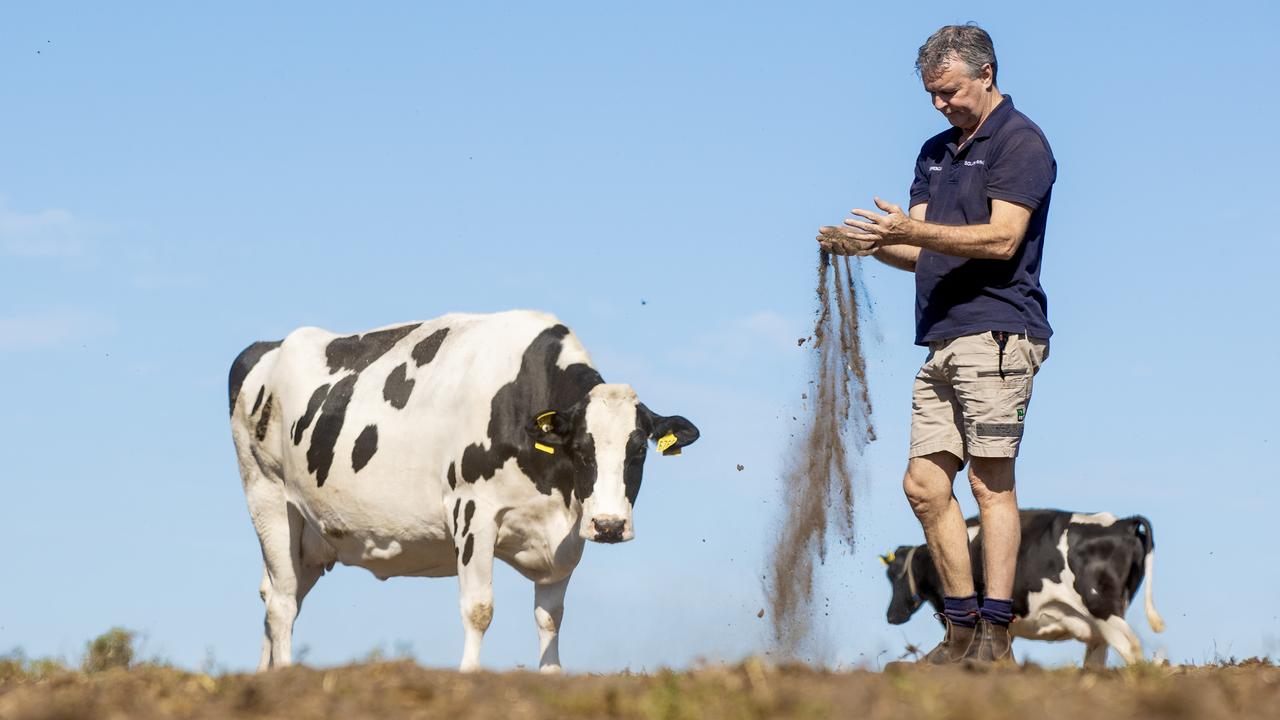Failed winter, spring rain bites at western Victoria enters drought
THE whole of western Victoria is now officially in the red, Bureau of Meteorology’s latest drought statement says.

THE whole of western Victoria is now officially in the red.
The Bureau of Meteorology’s latest drought statement shows that parched areas without winter and spring rains have enveloped the entire area.
The bureau said October was a dry month with “below-average” to “very-much-below-average” rainfall affecting most of Australia.
Nationally, it was the seventh-driest October on record.
South Australia recorded its driest October on record, with low rainfall totals affecting adjacent parts of Victoria and NSW.
The BOM says there are serious and severe rainfall deficiencies in southern NSW, western and northern Victoria and much of southern South Australia.
Areas of short-term rainfall deficiencies are also present in western Queensland and the Northern Territory.
Earlier this week the BOM said Australia had almost entered a drying El Niño weather pattern.
“Australian rainfall and temperature patterns show some El Nino-like impacts, with the country generally warmer and drier than usual over recent months,” a BOM statement said.
Three of eight bureau models are now predicting El Niño will arrive in January. Two of the other computer models remain just shy of El Niño thresholds.
Irrigation allocations have reached 65 per cent for the rich horticulture districts of Werribee and Bacchus Marsh.
The method of calculating the Grampian storage levels has also changed this year but the official reading is 41 per cent today against 52 per cent at the same time last year.


